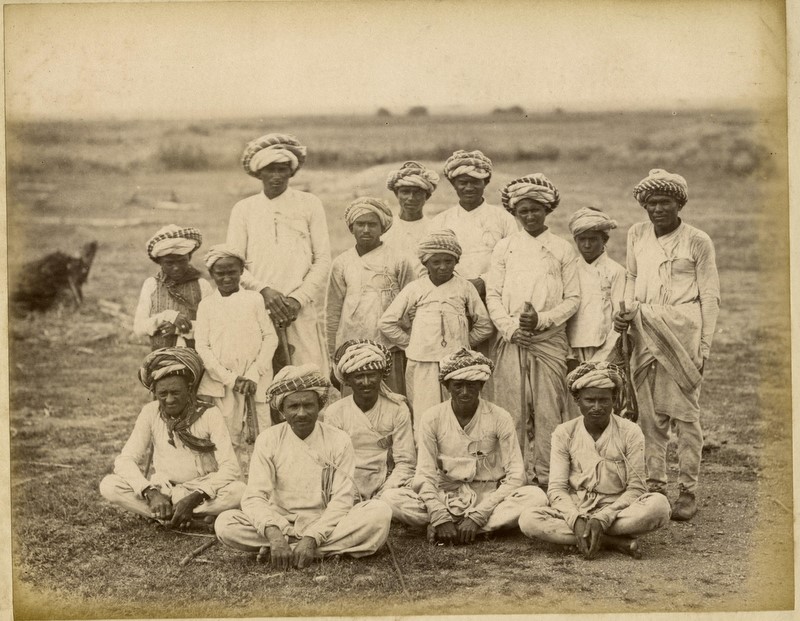Free Courses Sale ends Soon, Get It Now


Free Courses Sale ends Soon, Get It Now



Disclaimer: Copyright infringement not intended.
Context
Details
About Bhils
Ethnic Background and Geographical Distribution
Etymology and Historical References
Socio-Political Movements and Struggles
Demographics and Social Status
Language, Culture, and Traditions
Societal Structure and Political Aspirations
Conclusion
The Bhil community holds a significant place in India's cultural mosaic, representing a vibrant and resilient tribal heritage shaped by their historical struggles, traditions, and aspirations for recognition and self-governance.
MUST READ ARTICLES:
https://www.iasgyan.in/daily-current-affairs/geoheritage-sites
|
PRACTICE QUESTION Q. Discuss the socio-cultural heritage and contemporary challenges faced by the Bhil tribe in India. How do their traditional beliefs intersect with modern scientific discoveries? (250 Words) |
© 2024 iasgyan. All right reserved